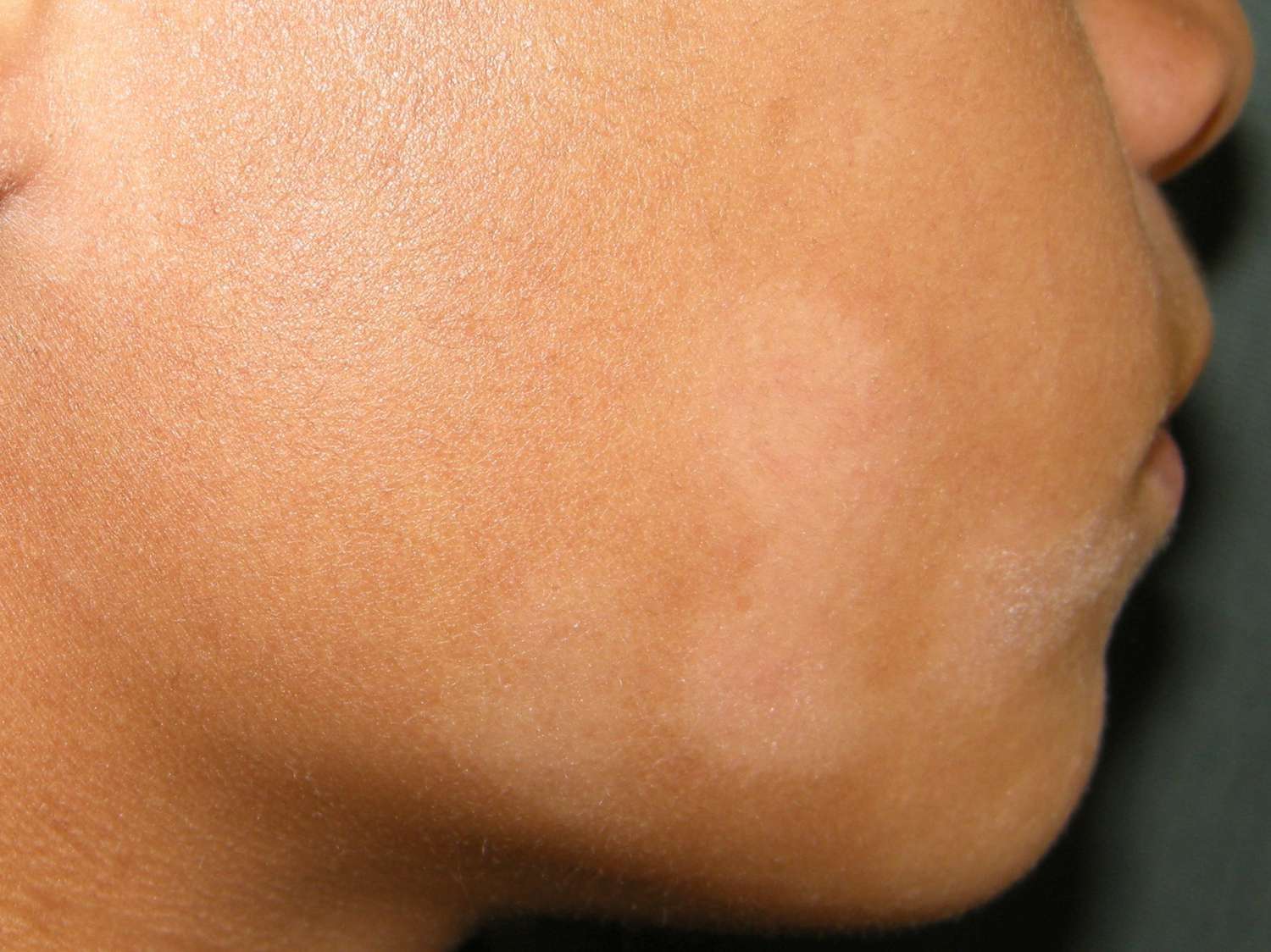Understanding White Sunspots
Sun exposure is essential for the synthesis of vitamin D in the body and for overall well-being. However, prolonged exposure to the sun’s harmful ultraviolet (UV) rays can lead to various skin issues, one of which is the development of white sunspots. These spots, also known as idiopathic guttate hypomelanosis, are characterised by small, flat, white patches on the skin. While they are usually harmless, they can be concerning for aesthetic reasons and may indicate underlying damage to the skin. Understanding the causes and treatment options for white sunspots is important for maintaining healthy skin.
Causes of White Sunspots
White sun spots are primarily caused by excessive exposure to UV radiation from the sun. When the skin is exposed to UV rays for extended periods, it can lead to damage to the melanocytes, the cells responsible for producing melanin, the pigment that gives skin its colour. This damage can result in uneven distribution of melanin, leading to the formation of white spots. Fair-skinned individuals are more susceptible to developing these spots, as they have less melanin to protect their skin from UV damage. Additionally, factors such as ageing, genetics, and certain medications can increase the risk of developing white sunspots.
Prevention of White Sunspots
Preventing white sunspots involves taking measures to protect the skin from excessive sun exposure. This includes wearing sunscreen with a high sun protection factor (SPF) every day, even on cloudy days, and reapplying it every two hours when outdoors. Wearing protective clothing, such as wide-brimmed hats and long-sleeved shirts, can also help shield the skin from harmful UV rays.
Treatment Options for White Sunspots
While white sunspots are generally harmless, they can be bothersome from a cosmetic standpoint. Fortunately, several treatment options are available to help diminish their appearance. Topical treatments containing ingredients such as retinoids, corticosteroids, or hydroquinone may help to fade the spots over time by promoting cell turnover and reducing inflammation. Additionally, procedures such as laser therapy, cryotherapy, and chemical peels can be performed by dermatologists to target and remove the affected areas of skin.
Home Remedies for White Sunspots
In addition to medical treatments, some home remedies may help improve the appearance of white sunspots. These include applying lemon juice, apple cider vinegar, or aloe vera gel to the affected areas, as these ingredients have natural bleaching properties that may help lighten the spots over time. However, it is essential to use these remedies with caution, as they may cause irritation or allergic reactions in some individuals. It is always best to consult with a healthcare professional before trying any home remedies for white sunspots.
So, white sunspots are a common skin issue caused by excessive exposure to UV radiation from the sun. While they are usually harmless, they can be concerning for aesthetic reasons. Preventing white sunspots involves protecting the skin from UV damage by wearing sunscreen, protective clothing, and seeking shade when outdoors. Some of the most common treatment options for white sunspots include topical medications, medical procedures, and home remedies.
Read More: Three Factors That Require Consideration When Searching For a Bangkok Meeting Room

